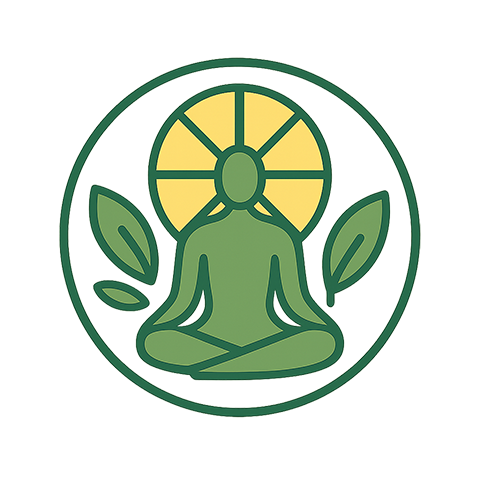In our fast-paced, hyper-connected world, the concept of natural rhythm often feels like a distant echo of a time when life was simpler and more attuned to the cycles of nature. As we navigate the chaos brought on by advancements in technology, the quest for balance becomes more crucial than ever. More people are recognizing the need for a digital detox—a conscious effort to step away from screens, notifications, and the relentless demands of modern life to rediscover their own internal rhythms.
Digital detox refers to the intentional disconnection from digital devices and social media in order to reconnect with ourselves and the world around us. The overstimulation that comes from constant connectivity can overshadow the subtler, yet essential, cues our bodies and minds are naturally designed to follow. When we immerse ourselves in the digital landscape, we often lose sight of our own natural rhythm, making it all too easy to ignore our physiological needs—like proper sleep, nutrition, and mindfulness.
The tension between technology and human experience is palpable. On one hand, technology has revolutionized our lives, offering unprecedented convenience, knowledge, and opportunities for connection. On the other hand, it can lead to feelings of disconnection from ourselves and each other. It poses the question: how do we find harmony in this tech-driven existence? The answer lies in embracing our natural rhythm and creating intentional boundaries with our digital devices.
Engaging in practices that nourish our minds and bodies can serve as a counterbalance to the frenetic energy of the digital world. Simple activities like taking a walk in nature, practicing yoga, or meditating can help us tap into the innate rhythms that govern our well-being. Such activities foster a sense of presence and awareness, reminding us that we are part of something greater than the screens that dominate our daily lives.
In understanding the conflict between technology and humanity, we can start to craft a lifestyle that nurtures our natural rhythm. This might mean scheduling specific times for device usage, creating tech-free zones in our home, or exploring hobbies that require presence and focus—like painting, gardening, or cooking. It’s about setting boundaries that allow us to engage with technology in a way that enhances rather than detracts from our life.
Ultimately, as we seek to reclaim our natural rhythm amidst the whirlwind of digital life, we empower ourselves to cultivate balance. This journey toward harmony is not merely a rejection of technology but a conscious choice to foster connections—both with ourselves and the world around us. By recognizing the value of balance, we can encourage a dynamic relationship with technology, ensuring it serves as a tool for enhancement rather than a source of overwhelm.




